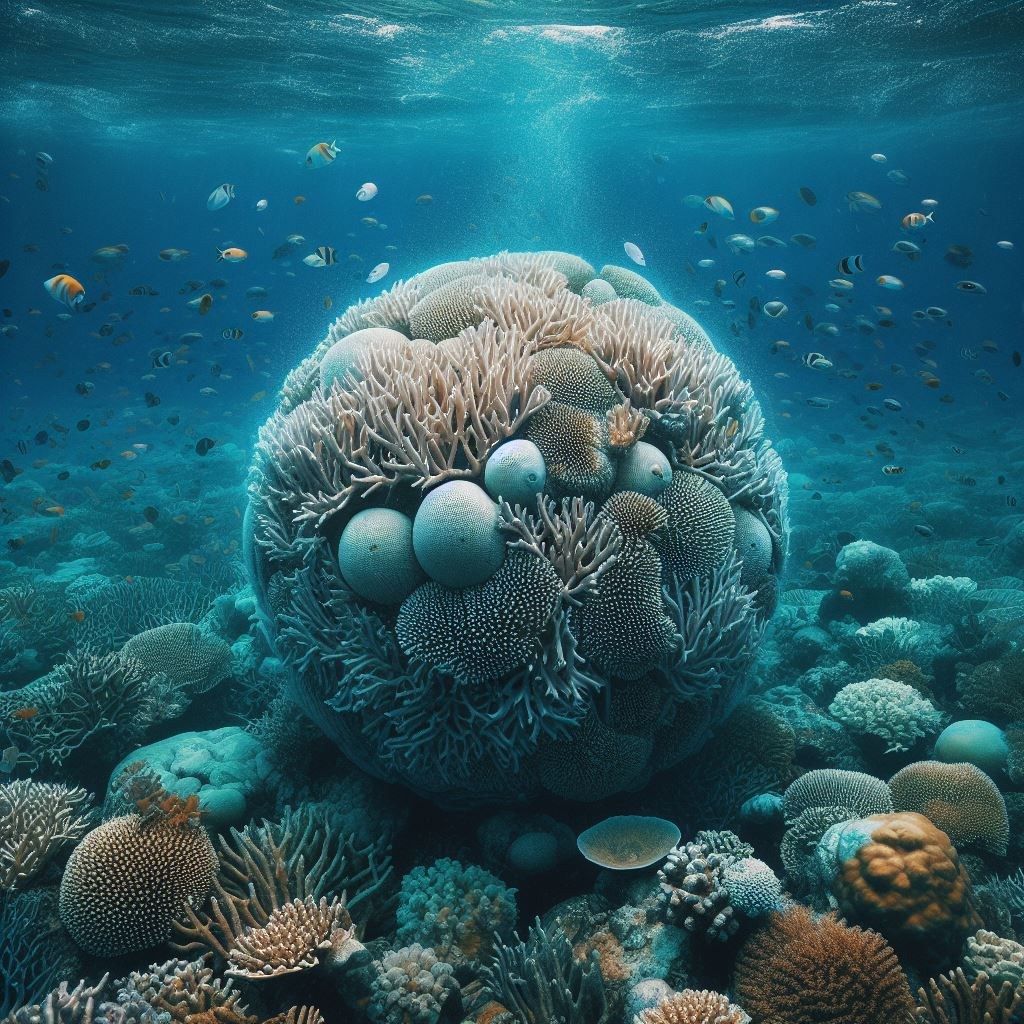The world stands at the brink of a catastrophic environmental event as marine biologists warn of an imminent fourth mass coral bleaching event.
The world stands at the brink of a catastrophic environmental event as marine biologists warn of an imminent fourth mass coral bleaching event. According to the U.S. National Oceanic and Atmospheric Administration (NOAA), widespread coral bleaching, including significant portions of Australia’s Great Barrier Reef, could unfold due to months of unprecedented ocean heat fueled by climate change and the El Niño climate pattern.
Derek Manzello, an ecologist and coordinator of NOAA’s Coral Reef Watch, the global monitoring authority on coral bleaching risk, expressed grave concerns. “It’s looking like the entirety of the Southern Hemisphere is probably going to bleach this year,” he stated, highlighting the severity of the situation. “We are literally sitting on the cusp of the worst bleaching event in the history of the planet.”
Coral bleaching occurs when corals expel the colorful algae living in their tissues due to heat stress. Without these algae, the corals turn pale and become vulnerable to starvation and disease. The consequences extend beyond the coral reefs, impacting ocean ecosystems, fisheries, and tourism-based economies that rely on vibrant reefs to attract visitors.
The ominous signs are unmistakable, with the last global mass coral bleaching event occurring from 2014 to 2017, causing the Great Barrier Reef to lose nearly a third of its corals. Preliminary data suggests that approximately 15% of the world’s reefs experienced significant coral die-offs during this period. However, this year’s event appears even more dire, with reports indicating widespread bleaching across the Southern Hemisphere.
The Caribbean experienced its worst coral bleaching on record following the Northern Hemisphere summer last year. Now, as the Southern Hemisphere reaches the end of its summer, reports of bleaching are pouring in from various regions, including the entirety of the Great Barrier Reef and American Samoa.
While coral bleaching is often linked to the El Niño climate phenomenon, recent global temperature trends paint a bleak picture. The world recently recorded its first 12-month period with an average temperature exceeding 1.5 degrees Celsius above preindustrial levels. Scientists warn that sustained temperature increases beyond this threshold could lead to mass coral die-offs, potentially resulting in the loss of 90% of the world’s corals.
To confirm the onset of a global mass bleaching event, scientists monitor sea surface temperatures and satellite imagery across the Atlantic, Pacific, and Indian Ocean basins. While the criteria for such an event appear to have been met, final confirmation from Indian Ocean scientists is awaited.
In Australia, researchers are conducting aerial surveys to assess the extent of bleaching in the Great Barrier Reef, which has experienced six localized bleaching events since 1998. Joanne Manning, a spokesperson for the Australian Institute of Marine Science, reported extensive coral bleaching across various regions of the marine park. Aerial surveys are ongoing, aiming to provide comprehensive data on the current state of the reef.
As the world braces for the potential devastation of yet another mass coral bleaching event, urgent action to combat climate change and protect these invaluable ecosystems is imperative. The fate of coral reefs hangs in the balance, with far-reaching implications for marine biodiversity and the millions of people who depend on healthy reefs for their livelihoods and sustenance.
